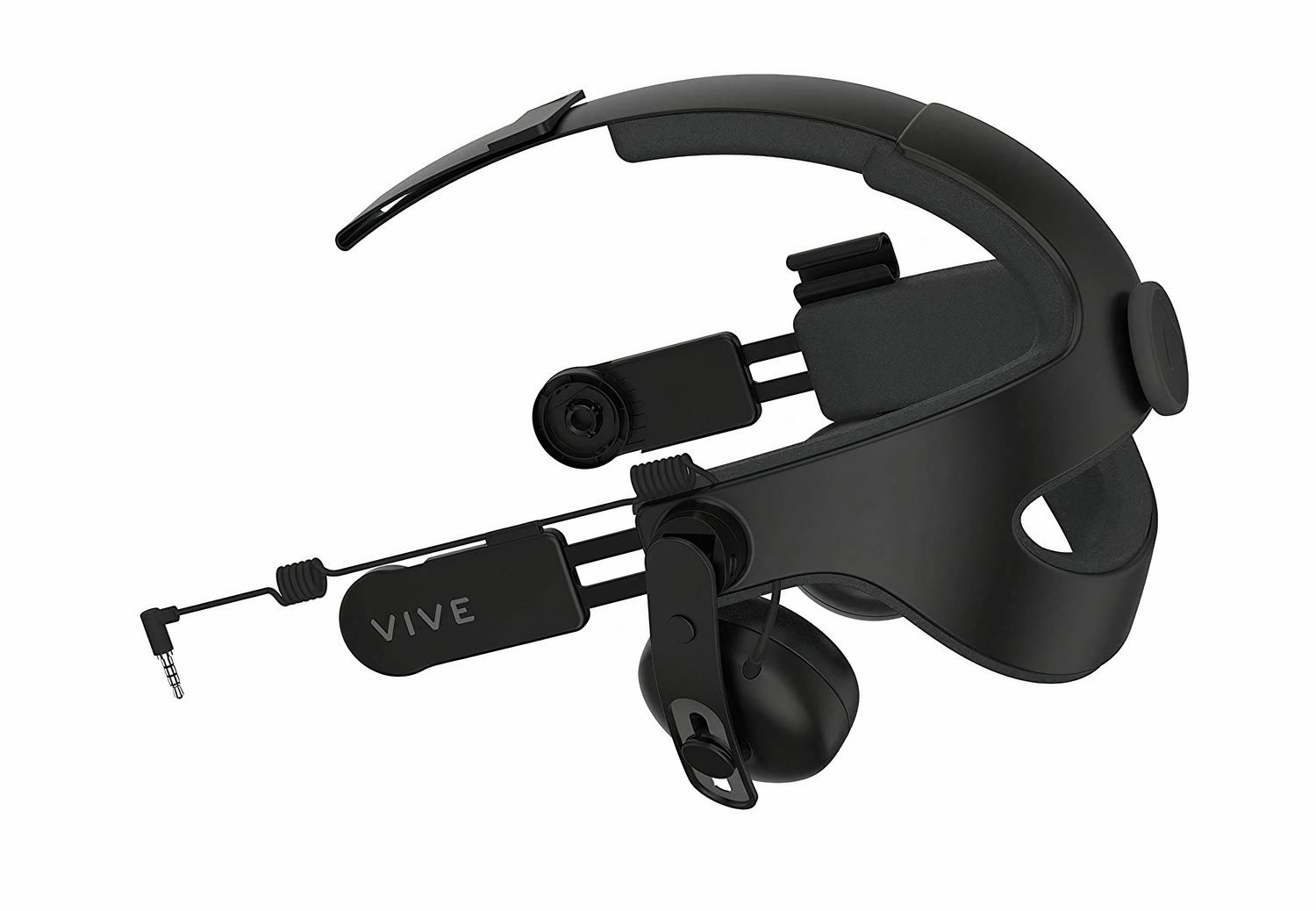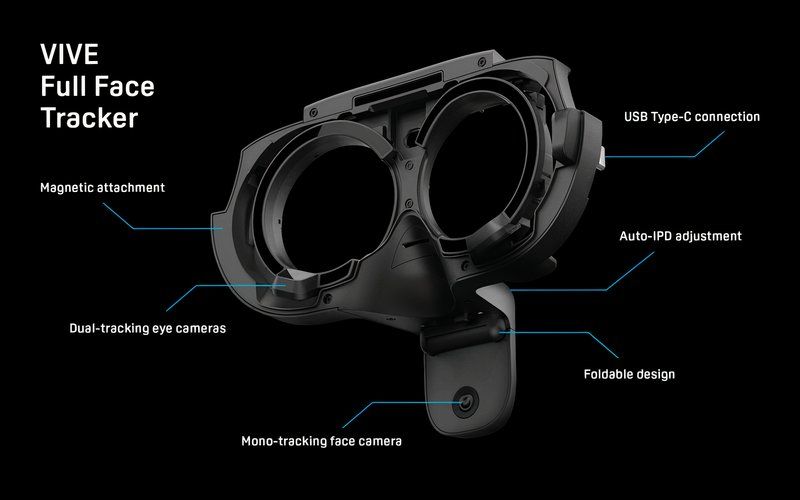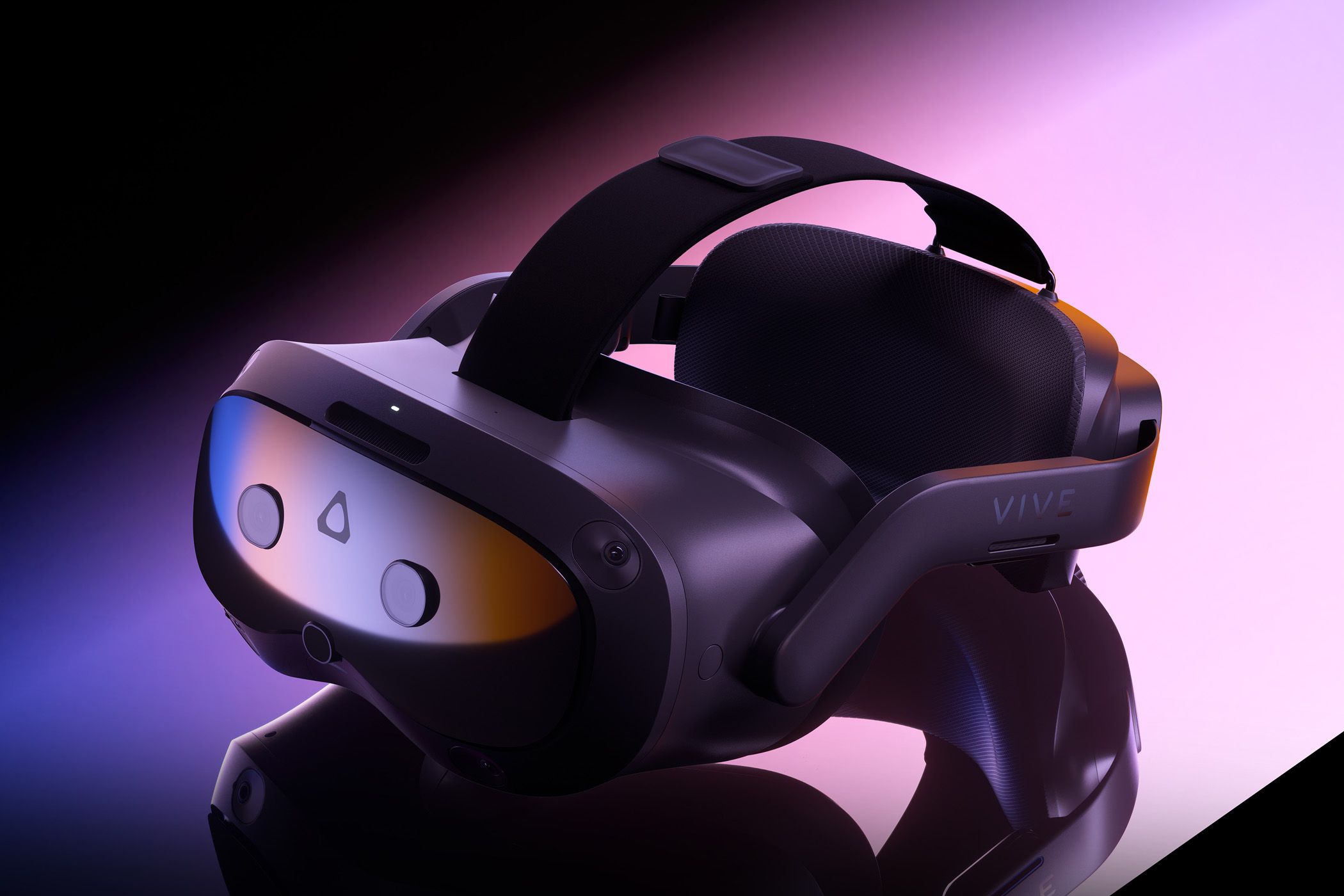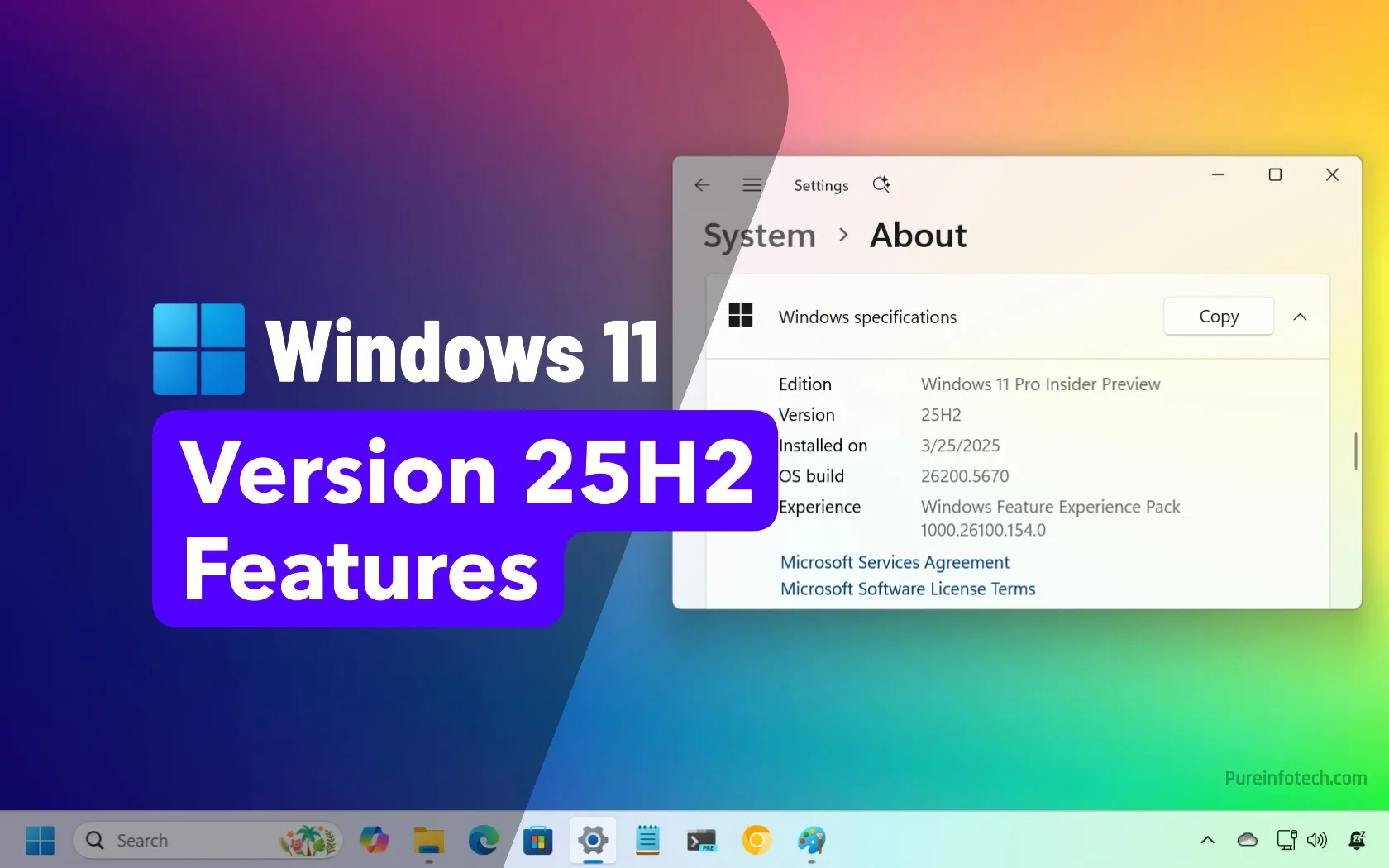
Key Takeaways
- Prioritize picture resolution for high-fidelity visuals on a VR headset, like the Vive Pro 2.
- Look for a wider field of view, such as near 200 degrees, to mimic natural human vision, like Pimax’s 5K and 8K HMDs.
- Consider refresh rates above 90Hz to minimize nausea, with options like Pimax 5K Super reaching 180Hz.
As 2024 heads ever closer to a new year, I am rapidly approaching my five-year VR anniversary. Around this time in 2019, I acquired an HTC Vive kit and spent the next few months beefing up my PC in order to support the VR infrastructure. So, to put it mildly, I was right on time to embrace the VR renaissance due to COVID-19.
Now, after all those years of fun on the first-generation Vive, I am ready for something new. Yet, I find myself indecisive. Technology has certainly improved throughout those years, but I’ve been having trouble finding an “overall best” to replace my old kicks. So, allow me to share what I believe is missing from the current market: my vision for the perfect headset!
Retina-Level Picture Resolution
Without a doubt, this is one of the most desirable traits for any HMD, and it holds a lot of sway with me. I recently procured a 4080 Super, and while my desktop is more than happy to shower me with high-fidelity visuals, I am still held back by my headset’s resolution limitations. To get the best value out of my new GPU, I’d prefer an option with the highest resolution at a reasonable cost.
Enter the Vive Pro 2. It offers a stunning resolution at 2448 x 2448 pixels per eye, one of the highest of any major manufacturer. It’s worth mentioning that Pimax has developed even greater resolutions, including a 12K model slated for 2025, but 5K is a reasonable standard to wish for at this juncture. As a veteran of the Vive, this was one of my first headset considerations.
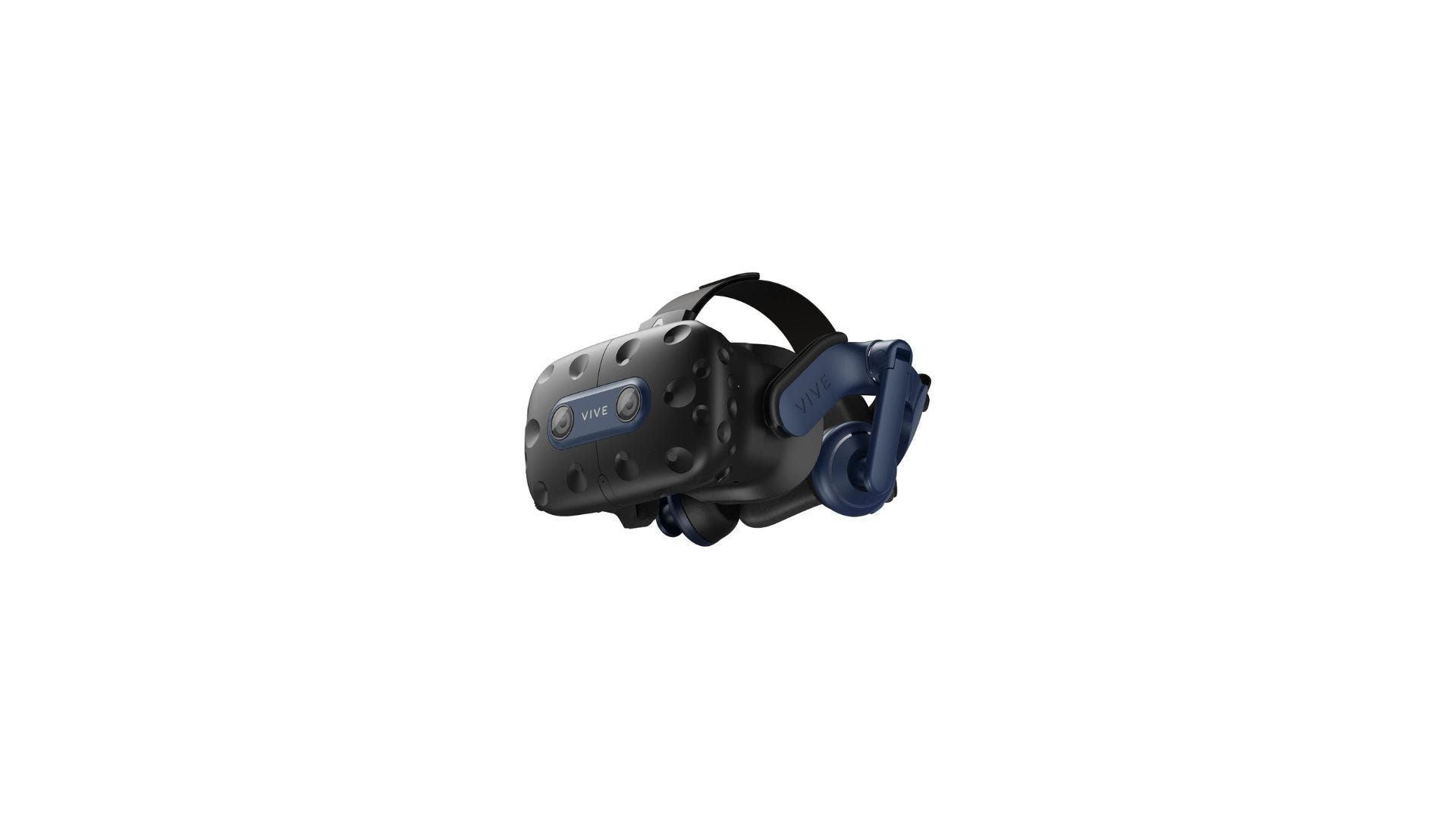
Human-like Field of View
This is one thing I can admit really does nag me every time I put on my current headset. For reference, the original HTC Vive has a Field of View (FOV) of 110 degrees, and even my other headset, the Quest 2, has a more dismal FOV of around 90 degrees. So believe me when I say: I want to see more!
The best available FOV at this time come from Pimax’s 5K and 8K HMD’s, providing nearer to 200 degrees of view. This is very close to the natural FOV of a human being. Despite being overshadowed in popularity by products like the Valve Index, I will say, Pimax knows how to step up when it comes to overall quality and clarity.
Butter-smooth Refresh Rates
Perhaps flying under the radar, the refresh rate is rather important when it comes to virtual reality. The number one complaint people have about using VR is the sensation of nausea, therefore keeping the experience smooth and stutter-free is critical. Not to mention my immersion!
90Hz is the go-to standard operating frequency, although some products reach an even higher bar at around 180Hz, like the Pimax 5K Super. Since most applications will operate just fine at 90Hz, this isn’t a detail to nitpick as much as it is to mention some headsets can operate at multiple frequencies, allowing for better experiences overall. I’ve never had a real issue with nausea in VR, but I would be interested in seeing what the experience is like at higher refresh rates.
Ultimate Comfort
This is yet another gripe I had with my HTC Vive: it was super front-heavy. Granted, I was able to fork over some extra money and balance it out (with upgraded audio), but shouldn’t the rig have just shipped out like that? I suppose I can forgive this trespass of a first-generation headset.
When it comes to VR, comfort is of the utmost importance. The award for this category likely goes to Bigscreen Beyond, as they have somehow managed to make high-fidelity VR work on a device weighing only 127 grams. Like anything else, there are still pros and cons to their product, and even if someone offered me a memory foam HMD (Head-mounted Display) with built-in scalp massager, it could still leave more to be desired in other areas.
Bells and Whistles
It wouldn’t be a fancy, innovative headset if it didn’t come with a few perks. To me, this is one of the more interesting details to keep up with in VR development. I know what we have now, but what’s next? We have far too many good sci-fi keystones to draw unreasonable comparisons to!
One feature that interests me right now is passthrough. The Meta Quest 3 shines in this area, and even what I can manage on my Quest 2 is fairly helpful from time to time. I partake in a lot of social VR, and that involves a lot of interacting with my physical space alongside my virtual one. There’s also a lot to be said about facial tracking and finger tracking, which would also serve to improve both social interactions and interactions with the environment.
Price Point
Here’s the real kicker: how much is this going to cost me? I recognize that I’m a bit of a VR nut, so I’m much more willing than the average consumer to pay an exorbitant amount of money for a kit. It’s also been a few years, and if my recent GPU purchase taught me anything, it’s that I’d better get ready to bite the bullet, so to speak.
On the lower end, the Quest 2 was released at around $300-400. Bump that up to $500-650 for the newer Quest 3, which is reasonable. A Vive Pro 2 will run around $700 and the Valve Index kit was $1000. I would dare say anyone willing to pay over $1000 for VR equipment has some skin in the game, and that’s precisely who this “perfect headset” would be catering to. Therefore, I imagine if I could have all these features bundled into one HMD, it would likely cost more than 1000 big ones.
To my surprise, there is one such headset that has just hit the market. At $999, boasting 5K resolution, 120 degree FOV, and the standard 90Hz refresh rate, the “all-in-one” Vive Focus Vision is available for pre-order through October 17th 2024. It also ships out with a rear cushion, plus eye, hand, face, and body tracking capability without base stations. It goes without mentioning it has mixed reality abilities as well.
So perhaps my wishes have been granted after all, and I’ve found something worthy of an upgrade. That is, of course, until a few years from now, when there will inevitably be a dozen newfangled technological advancements, and I’ll be sitting around writing about the exact same situation. But for now, I think I may have just found the perfect headset!
Source link


